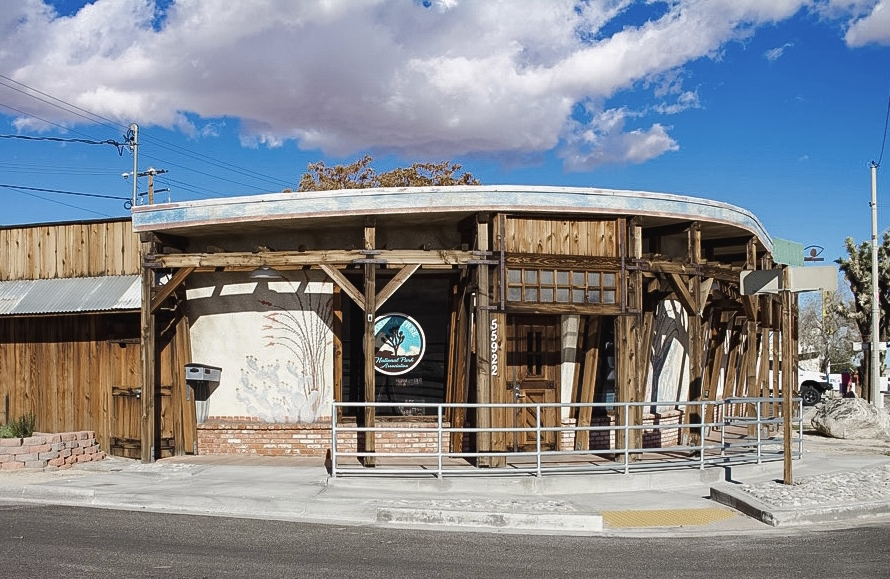Joshua Tree National Park News Release
Release Date: July 2, 2024
Contact: Donovan Smith, 760-401-1634, jotr_public_affairs@nps.gov
Park rangers urge visitors to be prepared for high summer temperatures
Search and rescue team responded to four heat-related callouts in June
TWENTYNINE PALMS, Calif.– Rangers at Joshua Tree National Park are urging visitors to take extra safety precautions when visiting the park during the summer season due to high temperatures, extreme ultraviolet rays, and harsh exposure.
Visitors should plan ahead, be prepared and bring extra food and water, consider going on shorter hikes and use extreme caution. Hiking in the middle of the day, between 10 a.m. and 5 p.m. when it’s the hottest, is not recommended.
“We ask that park visitors consider taking advantage of shorter trails closer to sunrise and sunset, stargazing under the dark night sky, and visiting the park’s visitor centers and exhibits,” said Anna Marini, coordinator for the Joshua Tree Preventative Search and Rescue (PSAR), a volunteer team that specializes in visitor education. “Please keep rescuers and yourself safe.”
PSAR members, spoke to nearly 2,500 visitors at trailheads and on the trails in June. Three hundred contacts identified significant safety concerns, and reduced risks to visitors by suggesting different shorter trails, being better prepared with food and water, and providing safety tips.
Joshua Tree’s Search and Rescue Team (JOSAR), an all-volunteer team, responded to four incidents involving heat illness in June between the peak heat hours of 10 a.m. to 5 p.m. Two of these were on trails longer than two miles, including 49 Palms and North View Trail.
Temperatures in the triple digits have already been recorded in lower elevations. The park can see temperatures as high as 120 degrees Fahrenheit. There is no water or shade inside the park. Hiking in extreme heat can lead to serious health risks, including heat stroke, hyponatremia, and death. Signs of heat stroke can range from nausea, vomiting, headache and/or cramps, weak and rapid pulse, high body temperature, confusion, unconsciousness and/or seizures. The health effects of heat exposure can happen to anyone.
For more information on how to visit the park safely during the summer, please check out the webpage Visiting in Summer—Joshua Tree National Park (U.S. National Park Service) (nps.gov).
About Joshua Tree National Park: Two distinct desert ecosystems, the Mojave and the Colorado, come together
in Joshua Tree National Park. Dark night skies, a rich cultural history, and surreal geologic features
add to the wonder of this vast wilderness in southern California. Learn more at nps.gov/jotr and on Facebook, Instagram, X, and Youtube

